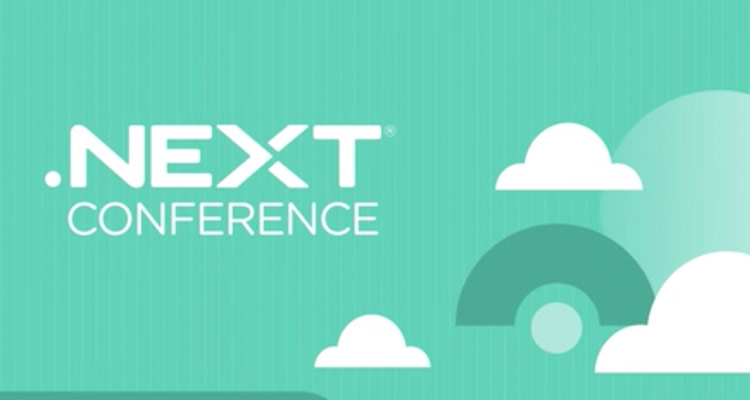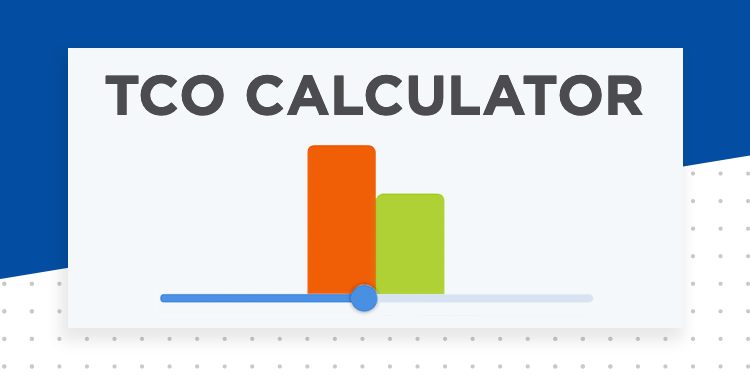Differences Between Data Protection, Backup and Disaster Recovery
Data protection is a process that safeguards vital information from corruption, compromise or loss. It includes local cluster resiliency (RF, snapshot, cloning, self-healing) and integrated backup following the 3-2-1 rule where at least three copies of data are in two separate locations and at least one is offsite.
Backup is a process where data is copied. Traditionally, this consists of occasional full backups (all data copied) with regular, often nightly, incremental backups that only copy data that has changed since the previous backup.
Disaster recovery restores critical IT functionality and business operations using a wide range of tools, policies and procedures. Orchestration – such as recovery planning and runbook automation – requires multilayered automation to rebound fast. Nutanix software integrates many other simple and secure services from its cloud platform.
Why are Backup and Disaster Recovery Important?
Application downtime and data loss is expensive. In fact, unplanned outages can cost more than $9,000 per minute in lost productivity and have a negative impact on business reputation.
Data is the single most important digital asset in a majority of enterprise organizations. Estimated to reach 175 zettabytes by 2025, data growth, management and protection remains top-of-mind for most businesses.
Disaster Risks are on the Rise
No organization is immune to outages, security breaches and other potentially catastrophic events. Unfortunately, many organizations don’t have business continuity and disaster recovery plans that keep pace with changing business requirements.
It is essential to know the risks and have business continuity and recovery plans that adapt to these dynamics. Most organizations cannot tolerate the cost of unplanned downtime for more than an hour. Improving recovery point objectives (RPOs) and recovery time objectives (RTOs) must be a priority.
Terms You Should Know
Business continuity (BC): How well-prepared organizations are in order to function during unexpected disruptions to their network or infrastructure.
Disaster recovery (DR): A plan that helps organizations get up and running after a disruption with as little downtime and data loss as possible.
Data protection (DP): The process of safeguarding information from corruption, compromise and loss by backing up data and taking snapshots of applications.
Service level agreement (SLA): An agreement between a customer and a provider in which RTO and RPO requirements are explained in detail.
Recovery time objective (RTO): How much downtime an organization can tolerate.
Recovery point objective (RPO): How much data loss an organization can tolerate.
Types of Backup
Full backup: A scenario in which all data is backed up to a different location (on-premise or cloud)
Differential backup: This is when you take a “Full Backup” on Sunday and then Monday you only backup the changes made since Sunday. On Tuesday you would back up all changes since Sunday. Wednesday would again be changed since Sunday. These are better than full backups but not as good as incremental which only backs up the changes since the last “incremental backup”. This can result in slower restores as a restore would be Sunday's full backup, + Mondays Incremental + Tuesdays Incremental, etc all the way until you hit the day you want to restore from.
Incremental backup: A backup that only consists of data changed or added since the last backup.
Mirror backup: This is 1:1 copy of the hard drive, including applications, hidden files, preferences and settings, operating system, etc.
Local backup: This is synonymous with an on-prem backup, where data is stored at a local site such as tape, disk, etc. The key is for this backup to remain on site or in close proximity to the source.
Cloud backup: A backup solution that allows organizations to back up their data to a remote, cloud location. There are public and private cloud options. At Nutanix, we have Nutanix Disaster Recovery on NC2 (public cloud-AWS) and Nutanix DRaaS (Private Cloud-Nutanix)
Hybrid backup: A backup solution that is a combination of local and remote backup locations.
Types of Disaster Recovery
Cloud-based disaster recovery: Disaster recovery solution that is hosted in either the public or private cloud.
Virtualization: What we do at Nutanix-organizations can be up and running extremely fast recovering from their back up servers, apps, and operating systems through the internet
Disaster recovery as-a-service: Fully managed disaster recovery solution where organizations don’t need to personally maintain and manage their disaster recovery plan. With disaster recovery as-a-service, the service provider (in our case Nutanix) will manage the infrastructure and software for them.
Datacenter disaster recovery: The disaster recovery plan an organization has in place to prepare for unforeseen disruptions. This plan dictates how the data will be recovered and accessed by their employees and stakeholders.
Why Businesses Need Backup and Disaster Recovery
Modern disaster recovery, which today commonly follows the as-a-service model, is paramount to protecting business applications and data from natural or human disasters or service disruptions at one location by enabling a full recovery in the cloud.
Disaster recovery today is especially relevant due to the advent of the remote workforce and increased frequency of cyberattacks. Remote workers are much more likely to cut corners when it comes to security, which makes it easier for cybercriminals to compromise networks, such as by launching a distributed denial-of-service attack.
This is why disaster recovery is so vital. More importantly, it allows businesses to failover their applications, orchestrate failback to servers that have been rebuilt, and restore user connections through VPNs or the Remote Desktop Protocol (RDP).
Having a solid business continuity and disaster recovery plan is the best way to protect against data loss while providing always-on access to applications and data, even in the most extreme situations with limited staff and services – all managed remotely.
How to Choose a Backup and Disaster Recovery Solution
Below are a few key points to consider before choosing a backup and disaster recovery solution.
Data: Where is your data going? How much do you have? How many types of data do you have? Because of the complexity of data variety, choosing where to store data is a difficult decision. It can exist on servers, desktops, in block, file, or object storage, and in various clouds.
Demand: According to the Enterprise Strategy Group (ESG), two-thirds of services must be recovered within 2 hours. Because recovery time objectives (RTO) and recovery point objectives (RPO) are decreasing, businesses demand higher protection.
Virtualization: While a valuable “must-have” for enterprises today, virtualization has complicated data protection, which may force IT to change or add solutions. Moreover, multiple hypervisors contribute to the challenge, with over 72% of enterprises in 2015 using more than one hypervisor, according to IDC.
Time: The time for data protection tasks, like replicating data, creating snapshots, and distributing copies to different locations, is decreasing, and the backup window has shrunk to zero. Traditional data protection is tedious, and businesses simply don’t have the time.
Complexity: Multiple protection solutions, servers, appliances, and disk and tape media means increased complexity for businesses.
Cost: Costs rise with more data, longer retention periods, and complex hardware and software – and especially IT downtime. According to Ponemon Institute’s Cost of Data Center Outages 2016 Report, the average cost of a datacenter outage has steadily increased from $505,502 in 2010 to $740,357 in 2016, which represents a 38 percent net change. This study also showed that an unplanned outage may result in losses over $17,000 per minute; however, on average, that figure is roughly $9,000.
Proliferating copies: Backup copies of data are necessary for disaster recovery but the greater the volume of copies, the higher the cost and the more difficult decisions must be made regarding what to discard.
Explore Our Top Resources

Test Drive Mine Integrated Backup
Test drive Mine Integrated Backup with HYCU to easily manage and monitor the health of production workloads and backup infrastructure.

The Definitive Guide To Data Protection & Disaster Recovery for Enterprise Clouds
Read this eBook to learn how organizations like yours can optimize backup and disaster recovery for an app-centric datacenter, protect applications with different service levels, reduce costs and increase uptime.

Backup Made Invisible
Read this solution brief to learn about Nutanix Mine Integrated Backup with HYCU. The first tightly-integrated, purpose-built secondary storage solution for organizations that need both performance and cost savings.


